Digging
melissa_thefarm
14 years ago
Related Stories

GARDENING GUIDESGarden Myths to Debunk as You Dig This Fall and Rest Over Winter
Termites hate wood mulch, don’t amend soil for trees, avoid gravel in planters — and more nuggets of garden wisdom
Full Story
REMODELING GUIDESHow to Dig Down for Extra Living Space
No room for a ground-level addition? See if a finished basement is a good idea for you
Full Story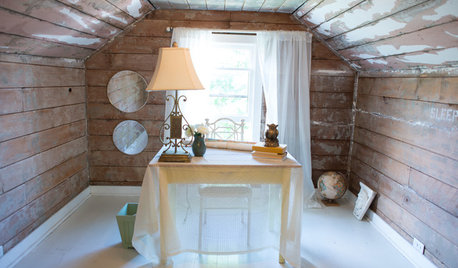
DECORATING GUIDESSimple Pleasures: Digging in the Attic
Sift through forgotten things to bring back memories and inspire stories — and maybe even yield a treasure or two
Full Story
BASEMENTSRoom of the Day: Family Digs In for a Chic New Kitchen and Dining Area
When a homeowner needs to free up kitchen space for her home bakery business, the only way to go is down
Full Story
DECORATING GUIDESThe '70s Are Back. Can Ya Dig It?
No need to cringe. These 21 groovy blasts from the past are updated to look fabulous today
Full Story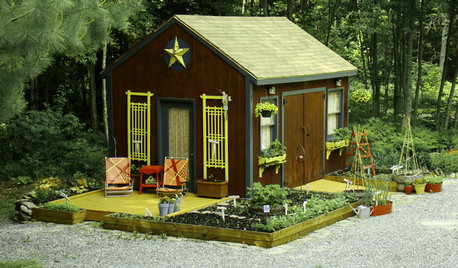
GARDENING AND LANDSCAPINGDig This Garden Shed Makeover for Less Than $300
New paint, accessories and raised vegetable beds turn a drab outpost into a colorful charmer
Full Story
HOUSEPLANTSDig These Decorative Planters
Houseplants deserve a well-designed home too, and these modern planters let them put roots down in style
Full Story0

HOME OFFICESRoom of the Day: Digging Emerald in a Chic Atlanta Office
Green accents tickle a mom and her toddler pink in this office and playspace insired by high fashion
Full Story
ECLECTIC HOMESHouzz Tour: A New Look for Former Student Digs
An ill-treated Victorian in England becomes a more open, extended and aesthetically appealing family home
Full Story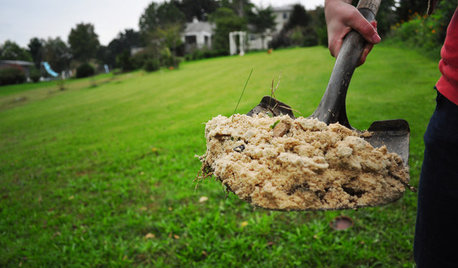
GARDENING AND LANDSCAPINGGarden Musts for March
Some toil in the soil this month will help ensure a blooming garden come summer, so dig out your shovel and bring on the mulch
Full Story



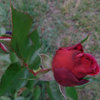
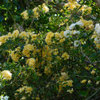


treebarb Z5 Denver
melissa_thefarmOriginal Author
Related Discussions
Tired of Mowing So I Started Digging & Digging
Q
Newly planted tree is leaning. Dig or not to dig?
Q
who's digging in the garden after I dig?
Q
To dig or not to dig?
Q
treebarb Z5 Denver
melissa_thefarmOriginal Author
treebarb Z5 Denver
melissa_thefarmOriginal Author